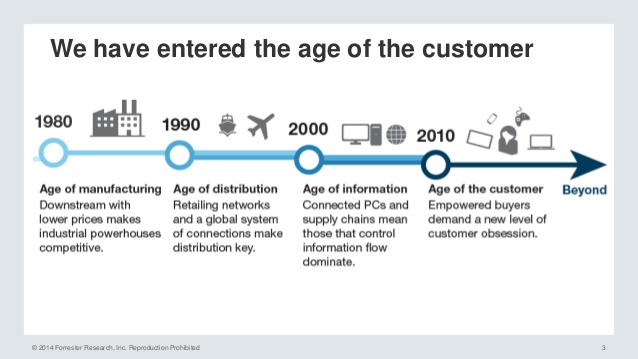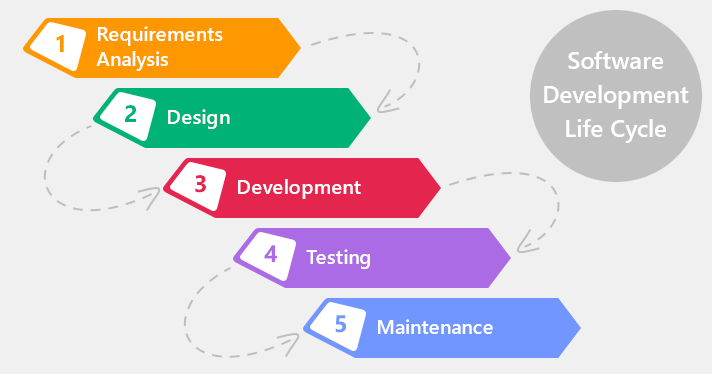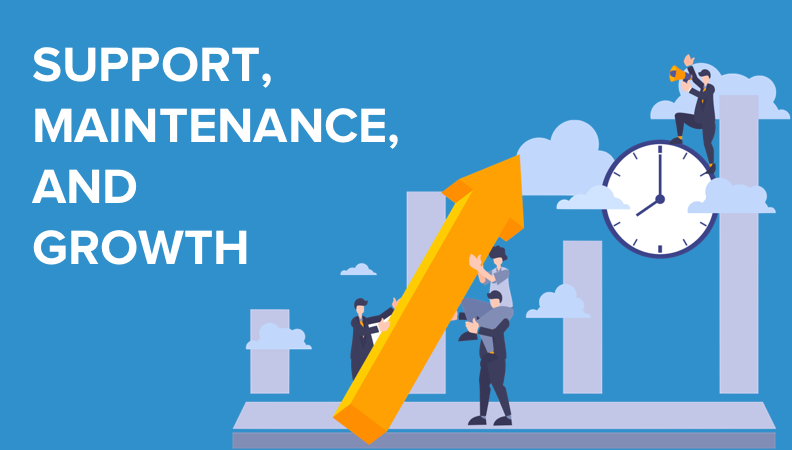- Solutions
- For Industry
- By Need
- Products
- VarbaseEnterprise CMS Distribution for Drupal
- Uber PublisherEnterprise Digital Media Platform Builder
- VardocDrupal Knowledge Base Platform
- Campaign StudioOpen Marketing Platform - by Acquia
- Open SocialSocial Business Platform - by Open Social
- Services
- Strategy
- Design
- Development
- Migration
- Support and MaintenanceSupport and Maintenance
- DevOps
- Digital Marketing

Datasheet

- Clients
- Ideas
- About
- Contact Us

How to Create Quality Digital Products
Getting the quality digital products or services that we were promised is not so much to ask for, is it?
I don't know about you, but nothing frustrates me more than getting less than what I expected after spending money or time on it. Whether it was a faulty product or a slow website, the disappointment is the same for me.
It wasn’t always like that.
During the mass production era; the concept of ‘quality’ or ‘standards’ were barely afterthoughts. The customer had no say at all.
But as time passed and competition between businesses increased; customers now had options leading to their growing desire and insistence to get value for their money.
This shift in mentality is more evident today than ever, we live in the age of the customer after all. Today, customers demand engaging convenient experiences from the brands they interact with.

Source: Forrester Research
Here’s the deal…
Prior to the rise of social media platforms such as YouTube and Facebook; customer reviews, complaints, and feedback regarding their experiences with brands were pretty much contained and limited.
Businesses didn’t care much about quality assurance or standards when it came to their product or service development.
Quality assurance for an IT business such as ourselves was conducted during project development processes such as the Waterfall model.
The Waterfall Model
The Waterfall model of software development involved little to no communication between different teams throughout the development process.

Source: xbsoftware.com
The Waterfall model is a linear process that prioritized order. Under this model, you cannot start development before the design is fully completed which also meant that testing never actually took place until the development phase was completed.
Can you imagine the level of frustration after finding a bug or error that causes you to re-develop the entire project again?
The Waterfall model was clearly not the ideal approach for delivering digital products or projects. It was expensive, time-consuming, and inefficient overall.
Disadvantages of the Waterfall model:
- Project delivery typically fails due to poor communication skills during the requirement gathering phase.
- There is ample room for underestimating the project requirements.
- Not appropriate to use for complex object-oriented projects or projects that are at high risk of changing.
- Extremely difficult to assess the resources (time and money) needed for each phase of the process.
- Once in the testing phase; it is very difficult and expensive to go back and change something that wasn’t properly thought out in earlier phases.
- Clients are usually disappointed with the finished final product.
- Assumed that there is no room for human error and all assumptions made are spot-on.
The Waterfall model is rigid and disappointing, to say the least.
Clients demanded better quality and value for their money and as such businesses were forced to change their own mentality and business models to align their operations with the demands of their customers.
Enter Agile
At Vardot, we implement the Scrum methodology as part of the Agile Project Management approach for delivering websites in iterative cycles, also known as Sprints.

Source: massinnovations.net
A Sprint is an iterative cycle of concurrent engineering that ends when agreed-upon deliverables for that particular sprint are completed, including quality assurance.
Typical Sprints in our projects last for one to two weeks. During that time multiple tasks are conducted. The length of that iteration period is based on the state of complexity and risk assessment.
Quality is assured from the first meeting by communicating with the clients regarding their business needs and climate. Therefore; all our project deliverables are prioritized based on their business value to the client. We draft user stories and criteria relevant to the product end user to ensure those project deliverables are more than simply an IT component but also a valuable feature to the client’s target audience.
By breaking down the project into manageable units, the project team can focus on high-quality development, testing, and collaboration.
Advantages of Agile:
- Development is focused on the end-user needs
- Allows for early changes and improvements
- Predictable costs and earlier delivery timelines
- Improves quality
- Focuses on delivering actual business needs for clients
- Clear non-intrusive communication and collaboration with clients throughout
Agile reverses the main issues in Waterfall in that it is a flexible process and focuses on fostering a sense of clarity for both the development team and the client regarding what the end product should look like.
I cannot emphasize this enough...
Most projects fail due to the lack of clarity and communication regarding the priorities of what the business goals and UX should be.
"Quality assurance is a culture that is built around a sense of clarity and direction towards a specific goal. That goal is to make sure that the end user and/or client get exactly what they expect from your digital products or services."
Quality digital products and services are those that meet the client and end user's expectations, they are more than just websites or apps; they are digital experiences that are meant to add value to someone's life one way or another.
You must examine the way your business operates as a team and a culture. Are you focused on the user's needs or is everything just another IT component?
To deliver high-quality digital products and services, answering that question is a sensible and good way to start. We at Vardot are more than happy to help out, let us know what you hope to achieve and we'll get you there.
- Design & User Experience
- Drupal 8
- Digital



